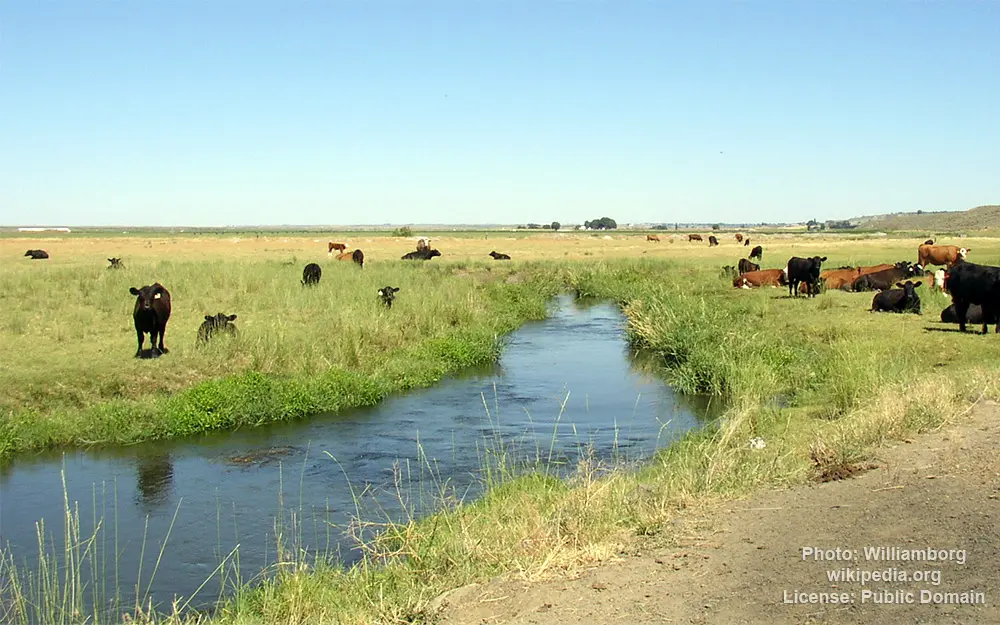Crab Creek (Washington)

General data
- Name: Crab Creek (Washington)
- Water system: Columbia River
- Water type: Stream
- Progression: Columbia River -> Columbia River Estuary -> Pacific Ocean -> Planet Earth
- Climates: Temperate
- Continents: North America
- Countries: United States of America
Crab Creek is a stream in the U.S. state of Washington. Named for the presence of crayfish, it is one of the few perennial streams in the Columbia Basin of central Washington, flowing from the northeastern Columbia River Plateau, roughly 3.1 miles (5 km) east of Reardan, west-southwest to empty into the Columbia River near the small town of Beverly. Its course exhibits many examples of the erosive powers of extremely large glacial Missoula Floods of the late Pleistocene, which scoured the region. In addition, Crab Creek and its region have been transformed by the large-scale irrigation of the Bureau of Reclamation’s Columbia Basin Project (CBP), which has raised water table levels, significantly extending the length of Crab Creek and creating new lakes and streams. Crab Creek is 163 miles (262 km) long and drains a watershed in eastern Washington of 5,097 square miles (13,200 km2). It is sometimes referred to as the ’longest ephemeral stream in North America’.

 English
English
 Spanish
Spanish
 German
German
 French
French
 Serbian
Serbian
 Russian
Russian

